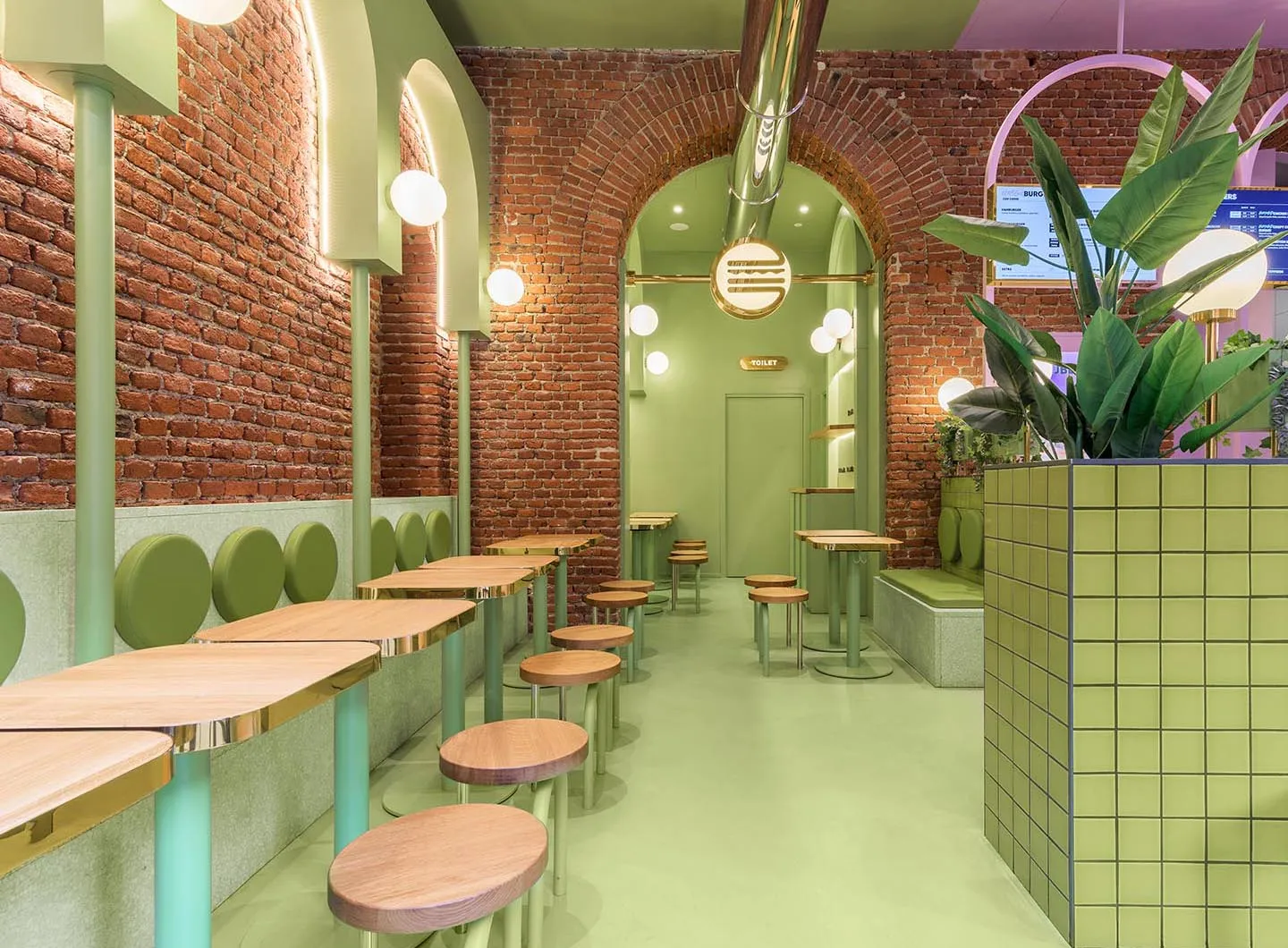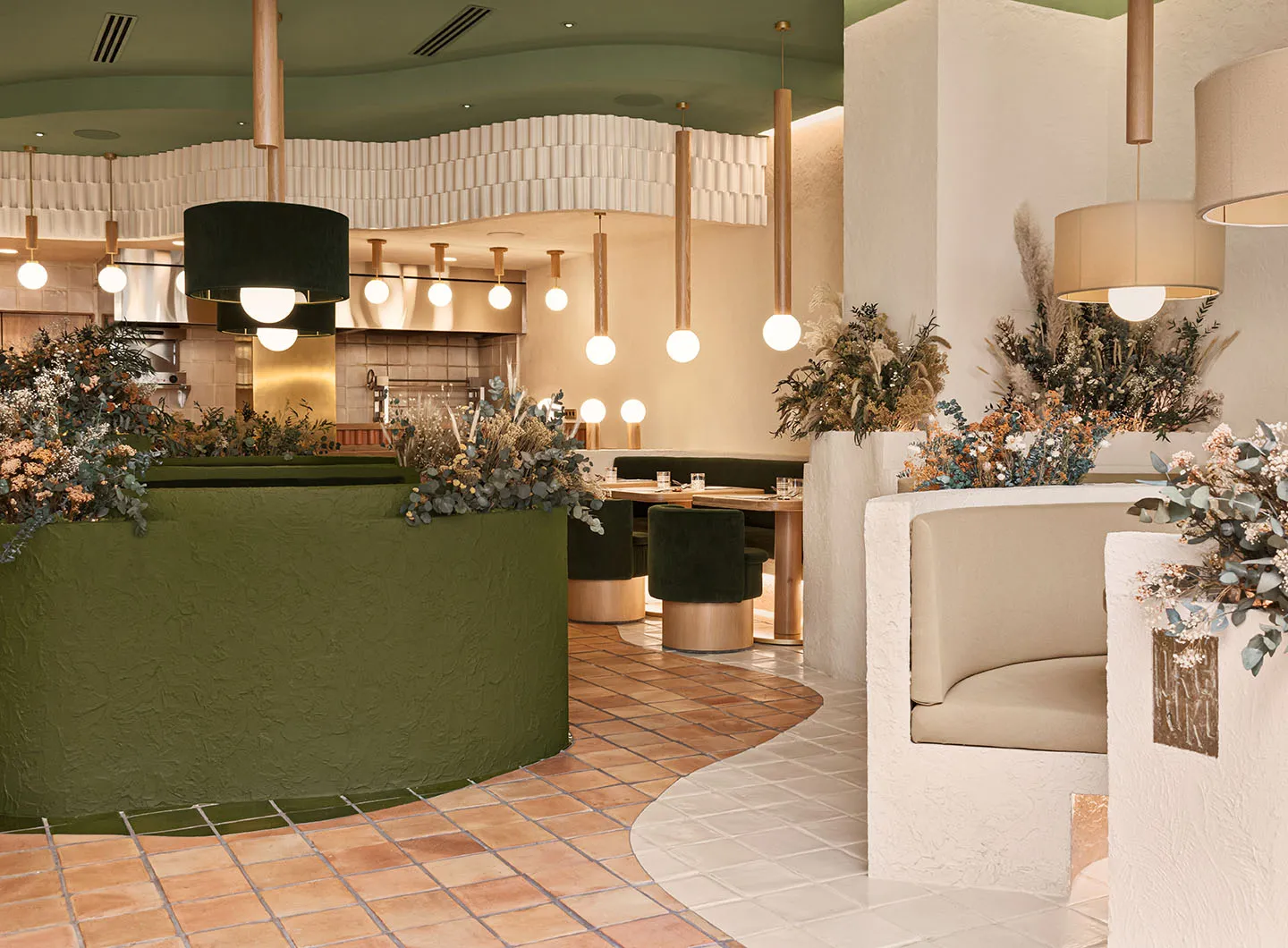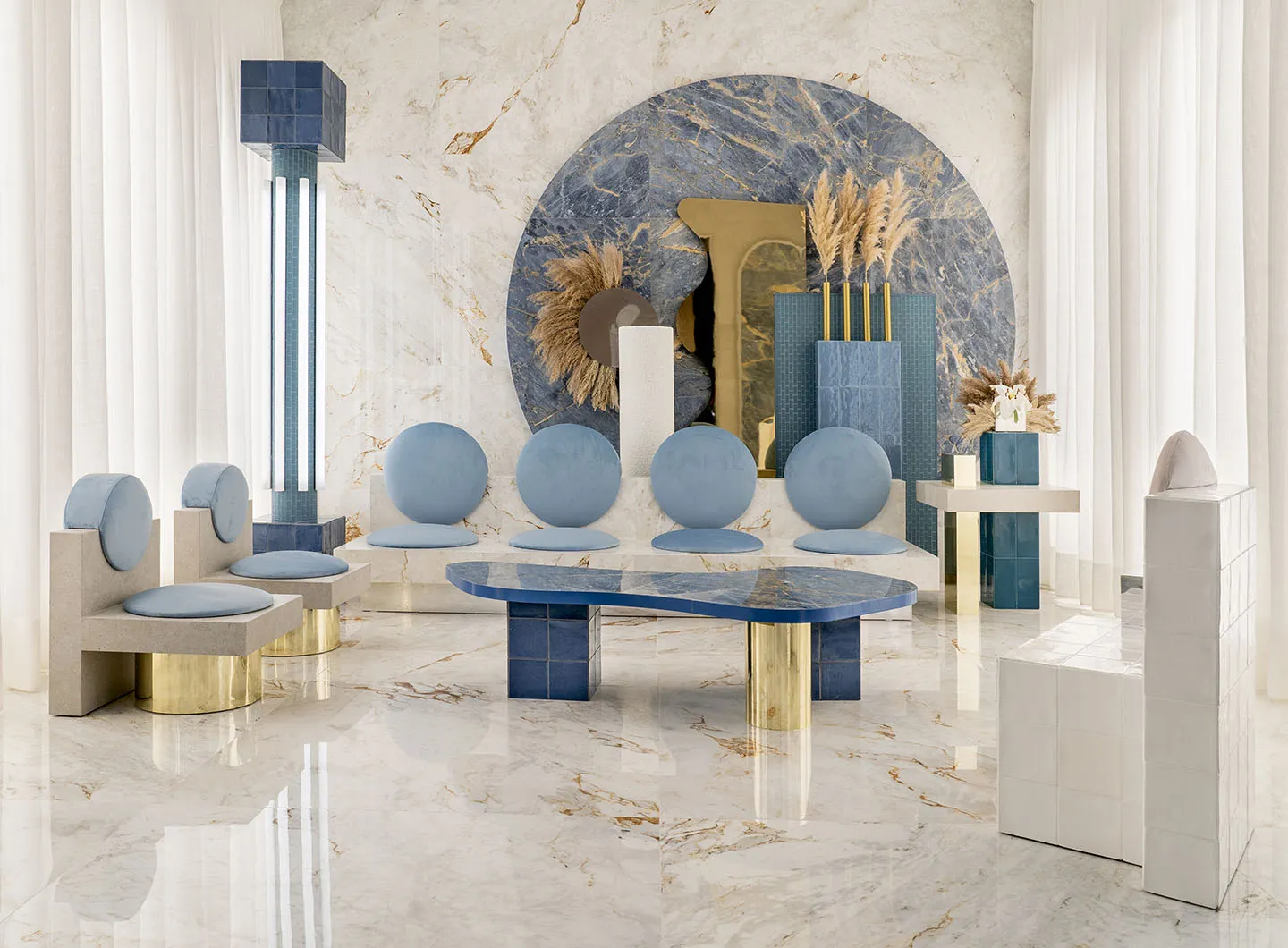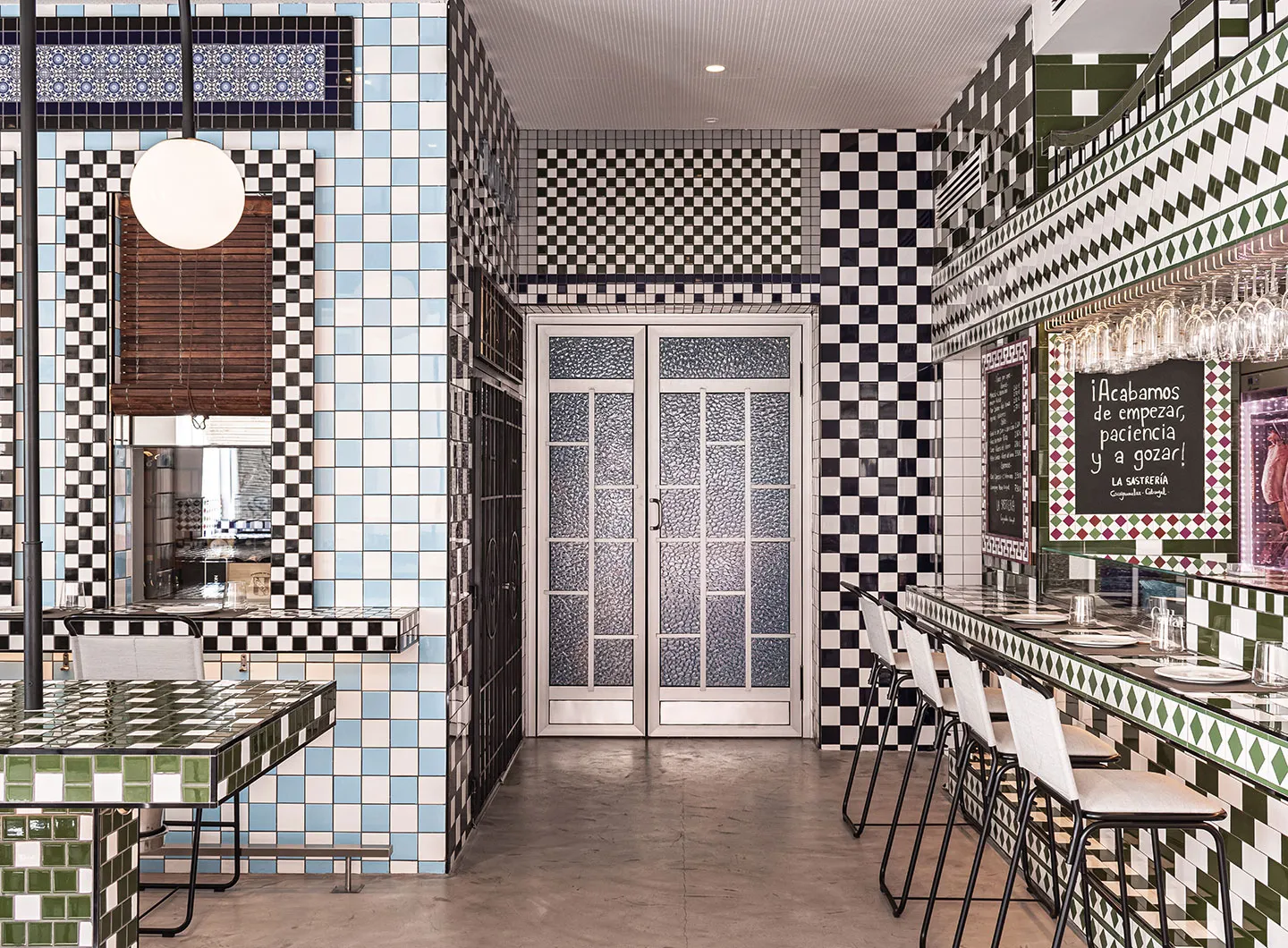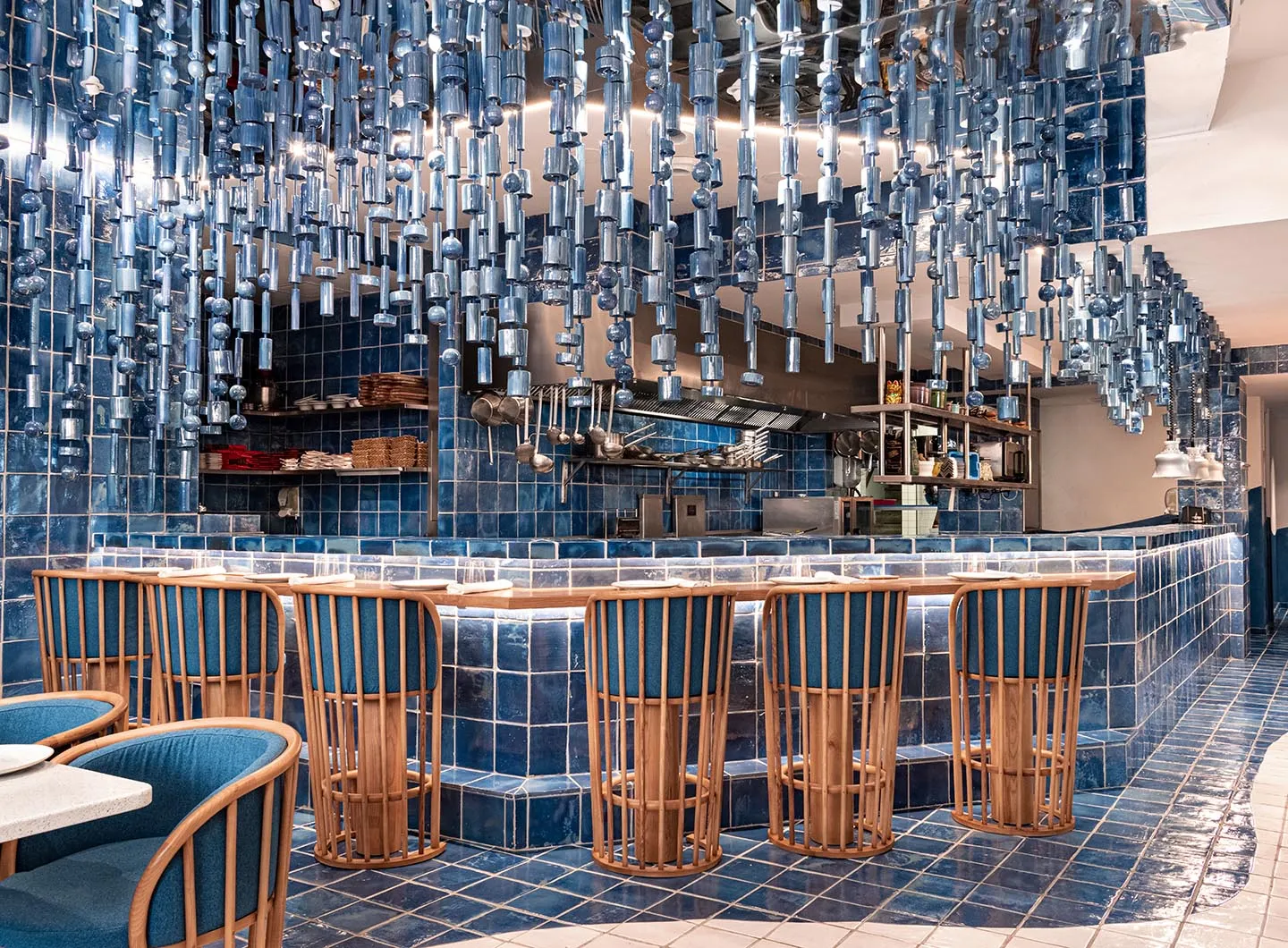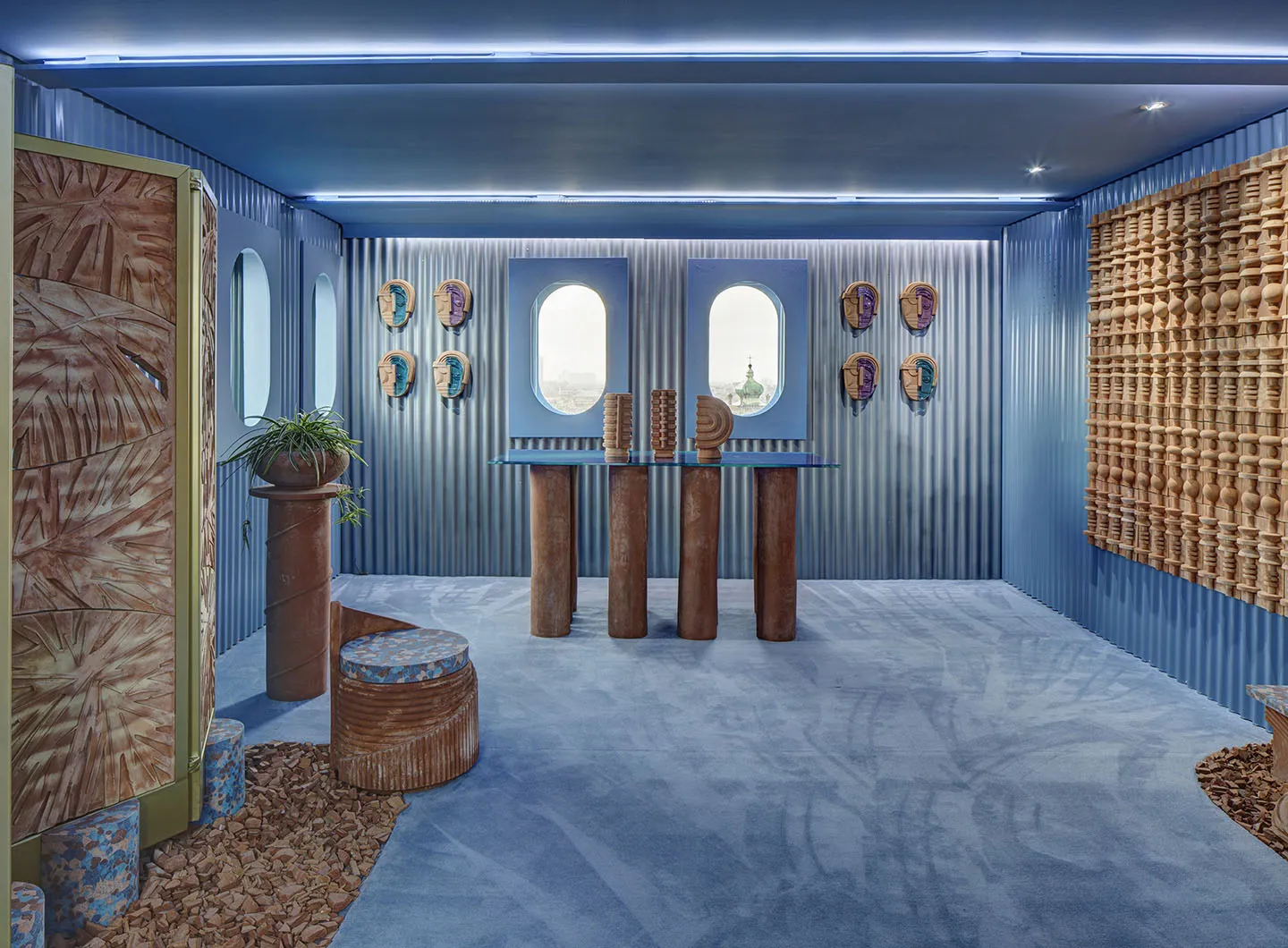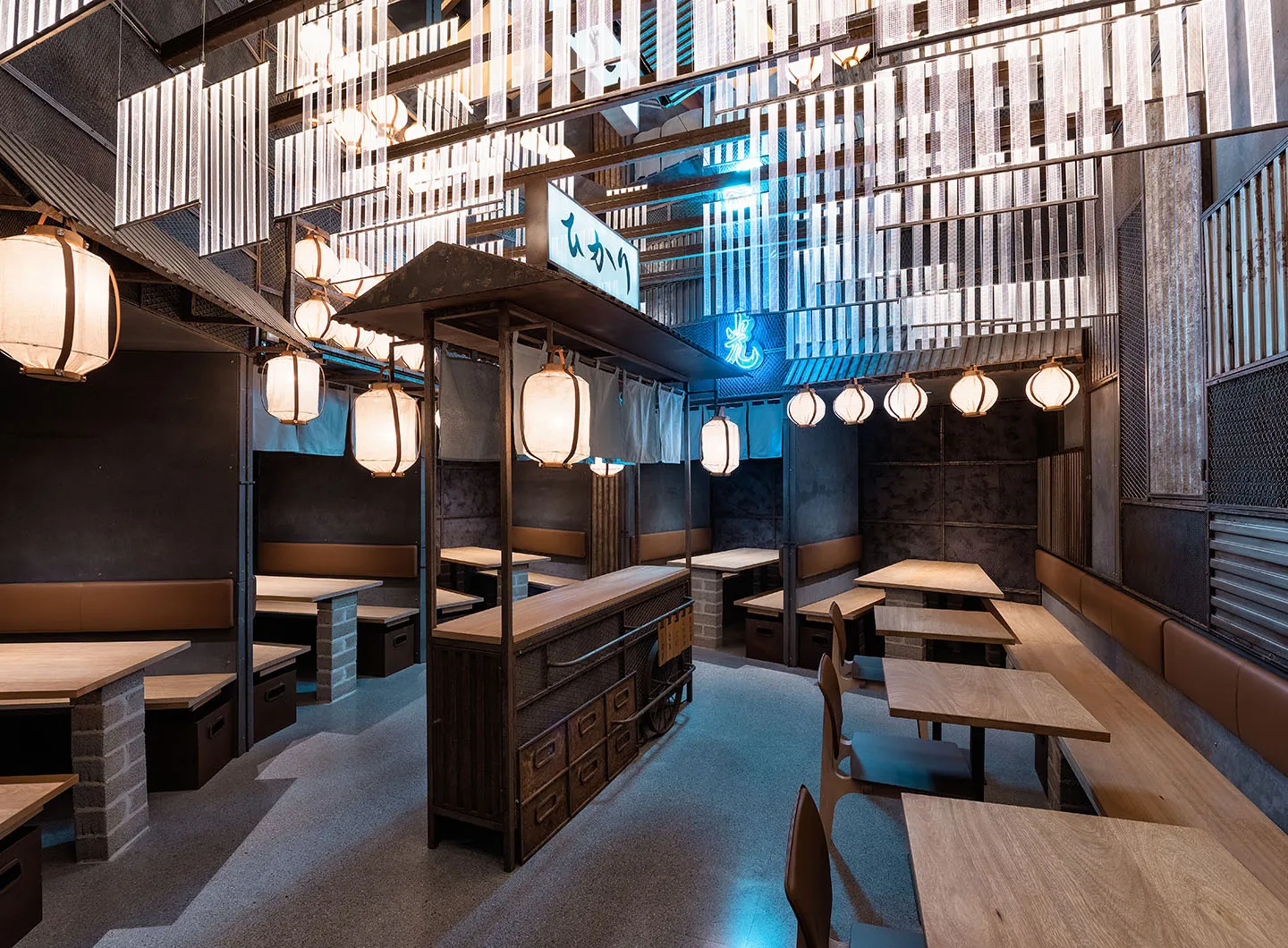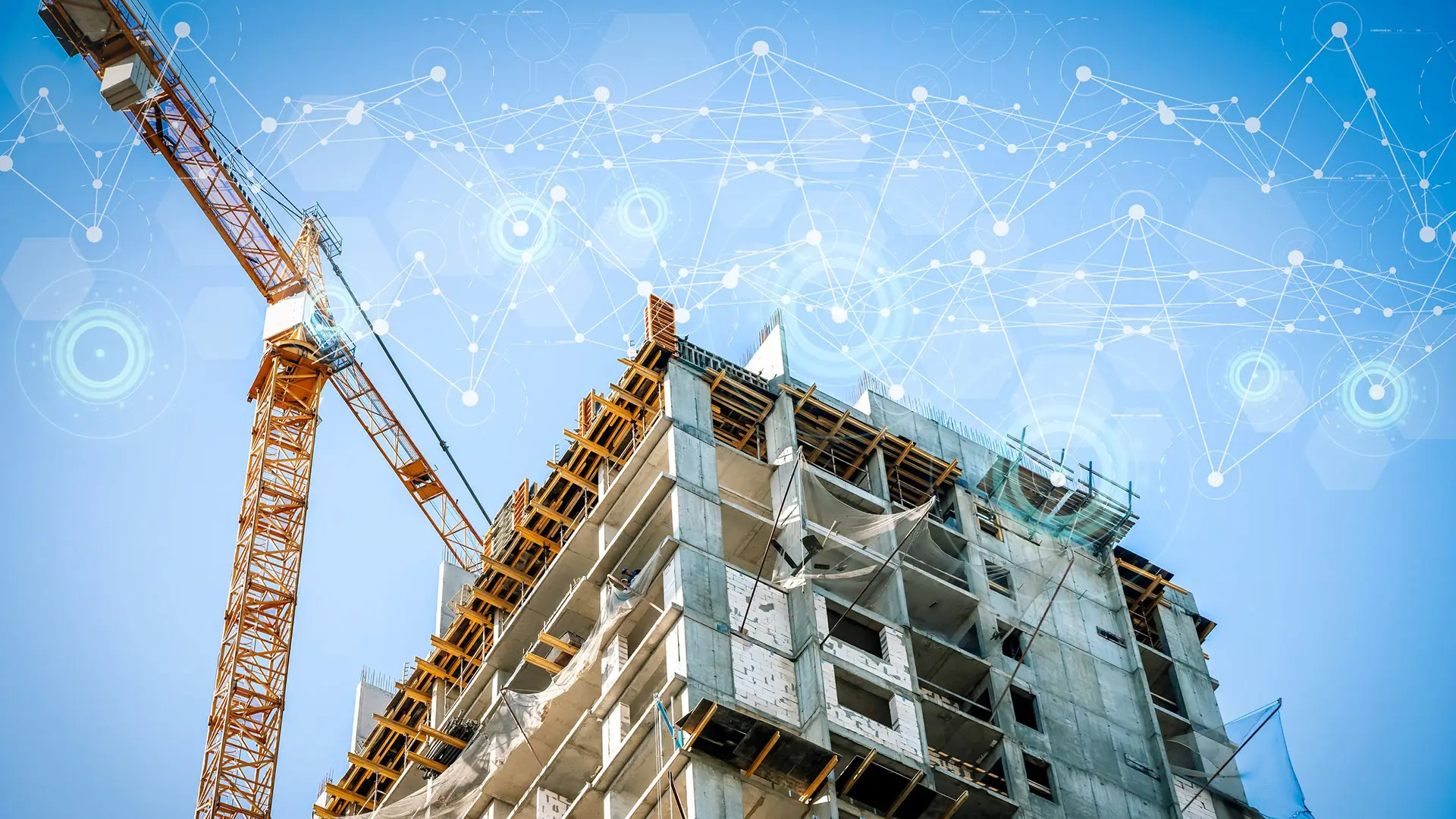For the third consecutive year, the Federation is taking part in the international fair on the circular economy. Helping to strengthen processes of value creation that are not just sustainable but also inclusive
Masquespacio: “We create spaces that rouse emotions”
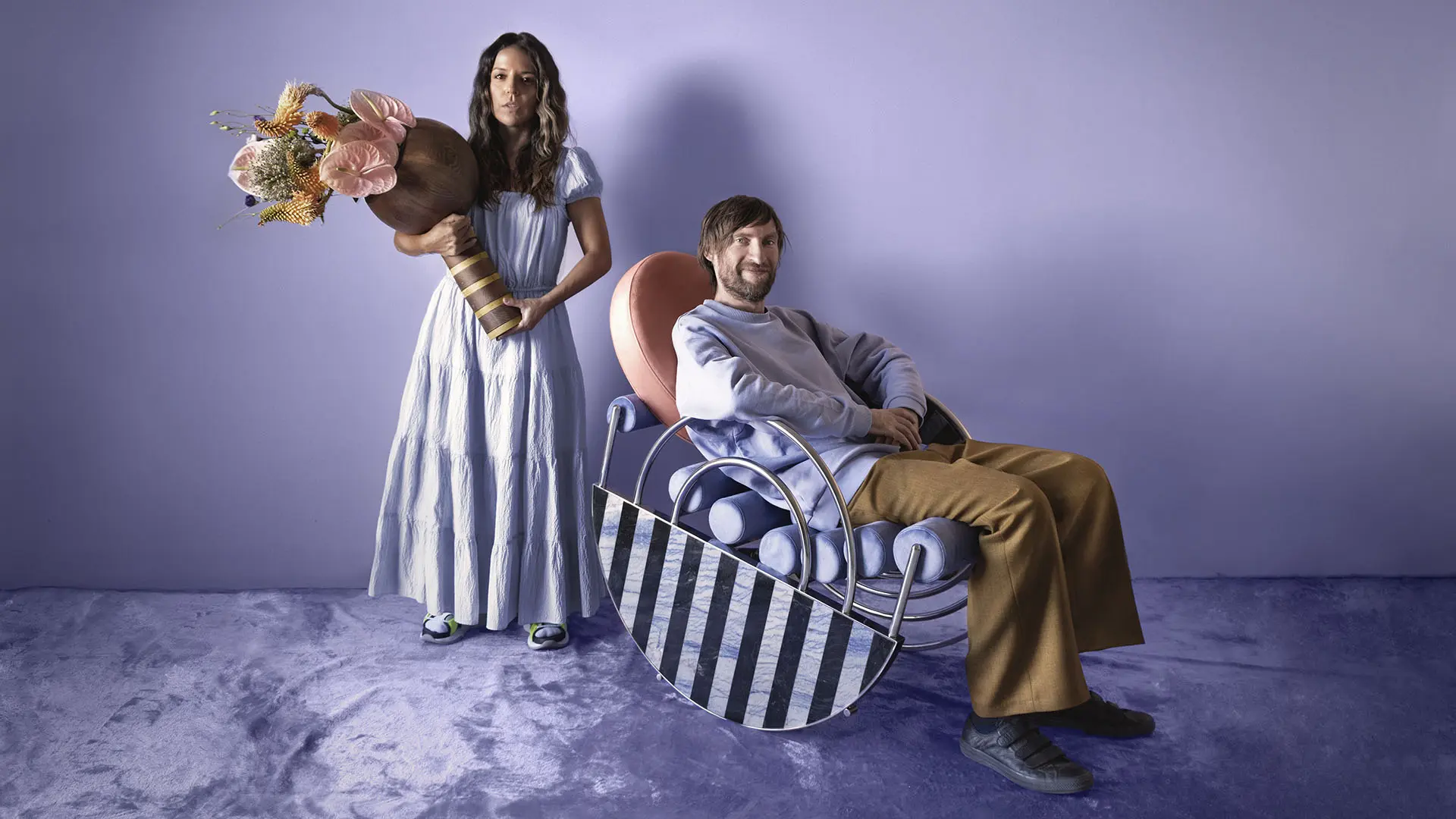
Masquespacio Mas Creations, Ana Chris Portrait
Ana is from Colombia, Christophe from Belgium. Spain is where they’ve joined forces, not just emotionally but also professionally. Masquespacio is a harmonious mix of creativity and marketing strategy. They’ve been riding the crest of the wave for the last few years.
Ana Milena Hernández Palacios and Christophe Penasse, the founders of the Spanish studio Masquespacio, describe themselves as emotional designers. Their projects really do have that certain je ne sais quoi, giving off sensitivity, surprise and happy vibes, yet – and this is something they are keen to underscore – they always keep to their customers’ requests in terms of specification and functionality. The studio’s distinctive hallmark is the creation of energetic, brightly coloured spaces with a certain wow factor: the spaces seem to want to break with ordinariness, conventionality and habit, although there’s no shortage of references to design of the past. Bright colours, skilled use of colour blocks and vivid geometries also serve to produce a futuristic impression but, as they stress, they also help to map out different concepts for each client. The strategy is always stunning and happy, organised yet vibrant and always serves a dual purpose: telling a story and rousing emotions. We chatted to them about experimenting, storytelling, nature and the difference designers can make today.
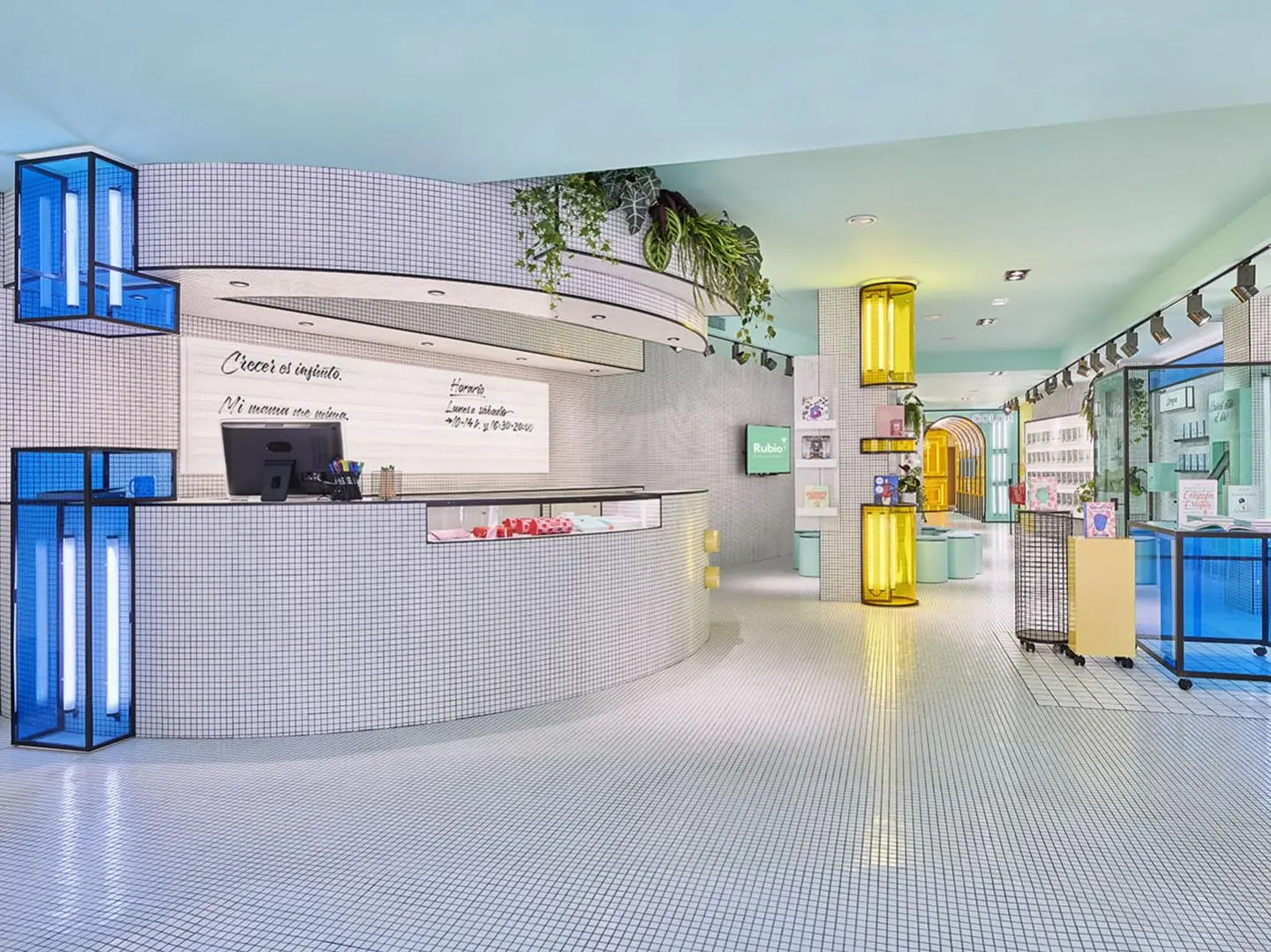
Masquespacio, Rubio
First, we always try to evolve with every project and find design solutions by harnessing an innovative approach. In some ways it could be described as experimental, although the level of experimentation depends on the type of business we are working for. Designing a project for a commercial hamburger chain like Bun is not the same thing as one for an upmarket restaurant like La Sastrería. For a commercial chain, we try to come up with an approach that can be understood by the masses and strike a balance between creating a unique experience through design and keeping a clear focus on a customer group. For a fine dining restaurant, our approach centres much more on creating a new design language, than on following trends, and creating an out-of-this-world consumer experience. Here, the design will be much more artistic and at the same time experimental. We also think that design should be a part of the communication. It is like creating a sign of love every time you create a new project, building a new universe from the brand identity upwards.
We have several ways of finding a point of connection with the brand, which will form the basis on which to work once we initiate a design. If we work with a chain that wants to expand rapidly and focus on a specific customer target, we will mostly start off by following an actual trend. Although to make it innovative and stand out from our competitors, we try to evolve with the trend towards the future and so avoid bringing a design to a market that is already saturated. Another approach is just finding a concept for the design based on a specific brand characteristic. This can range from a specific product that it sells, to an ancient neighbourhood in which it is located. In this sense we are much more experimental and artistic, getting away from everyday trends. We stand out by looking to the past to look to the future.
You can mix, but don’t try to be colourful just for the sake of it and bear in mind that you need to understand the brand you are working for. Again, working for a fine dining restaurant is not the same as working on a Millennium fashion concept where you can have lots of colour. Testing is easy, take your time and keep mixing, until you come up with the correct colour combination that fits with the brand.
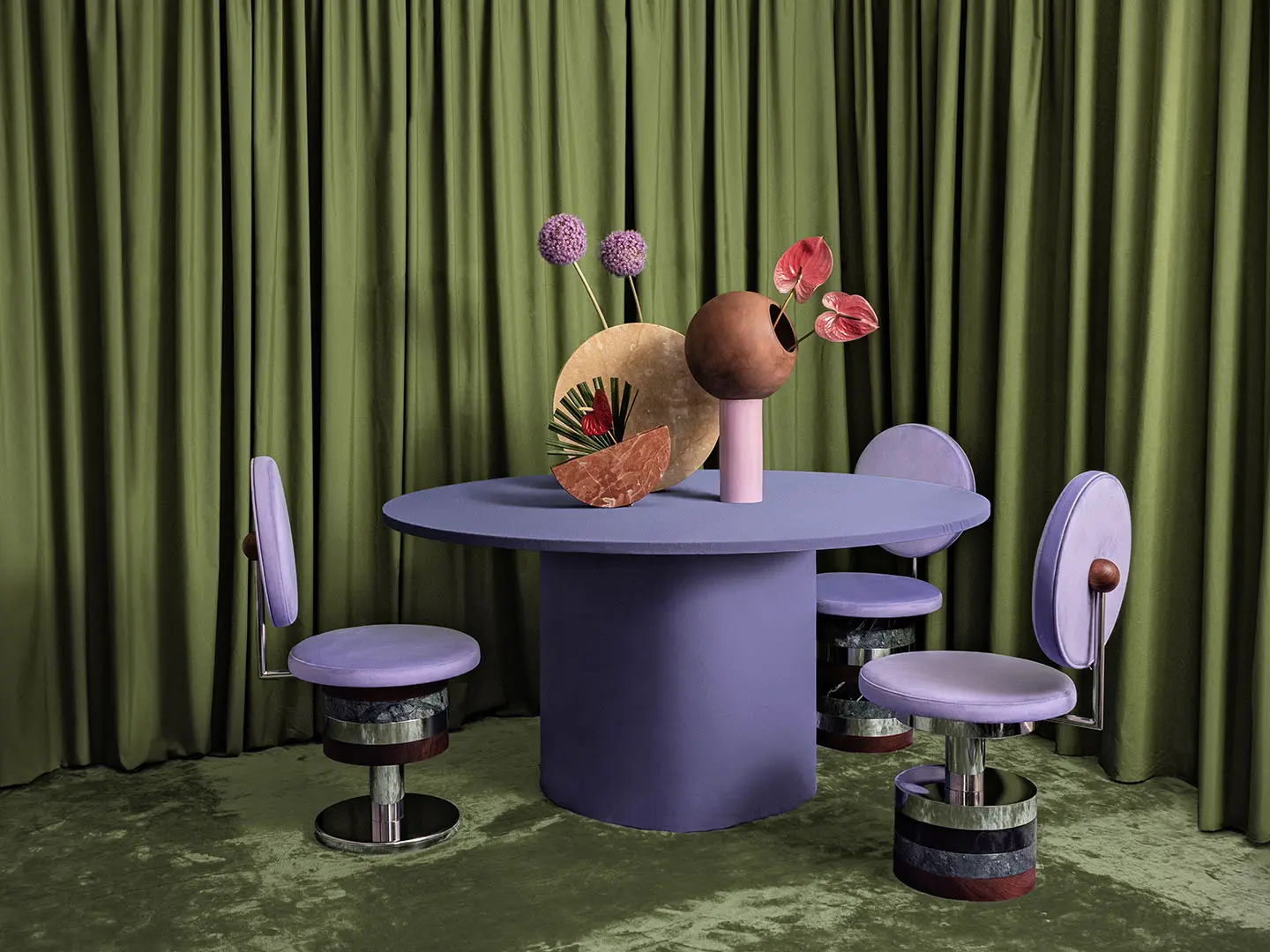
Masquespacio Mas Creations, Set 12 Cookie Pot Family, Ball Pot Ceramic and Block Chairs
In the end materials are part of our colour selection, as we like to represent different types of materials and apply the colours directly onto them. The original colour of the material, especially those that come from nature, could be part of that colour palette - the wonderful terracotta and natural wood colours, amongst others.
Design really can make a difference. We, as designers, need to see ourselves as educators in our profession as this is the only way the world can evolve and our profession along with it. We can‘t expect a banker to explore how to work with recycled materials for example, just as a banker can’t expect us to manage finance. It’s a matter of education and making people understand how important design is for our evolution as human beings.
As emotional designers we would of course say yes. Our job, especially in our case, is to give people new pleasures and evoke an emotion in them that makes them disconnect from their daily routine through the creation of new emotional spaces and objects.
Even before the pandemic we had started to see a shift towards the use of healthier and more environmentally friendly products. We had also been trying to introduce more nature-related materials and forms into our design for some time. We believe this evolution has accelerated with the pandemic and so we see this trend as the new luxury in search of nature, craftsmanship and environmentally friendly products and designs.
Design needs to tell a story through its transformation into form. As interior designers, we believe it’s crucial to tell a story not through its message but through what lies behind the design. A story connected directly to the brand itself and which evokes a kind of poetry through its use of materials, colours, textures, and forms.


